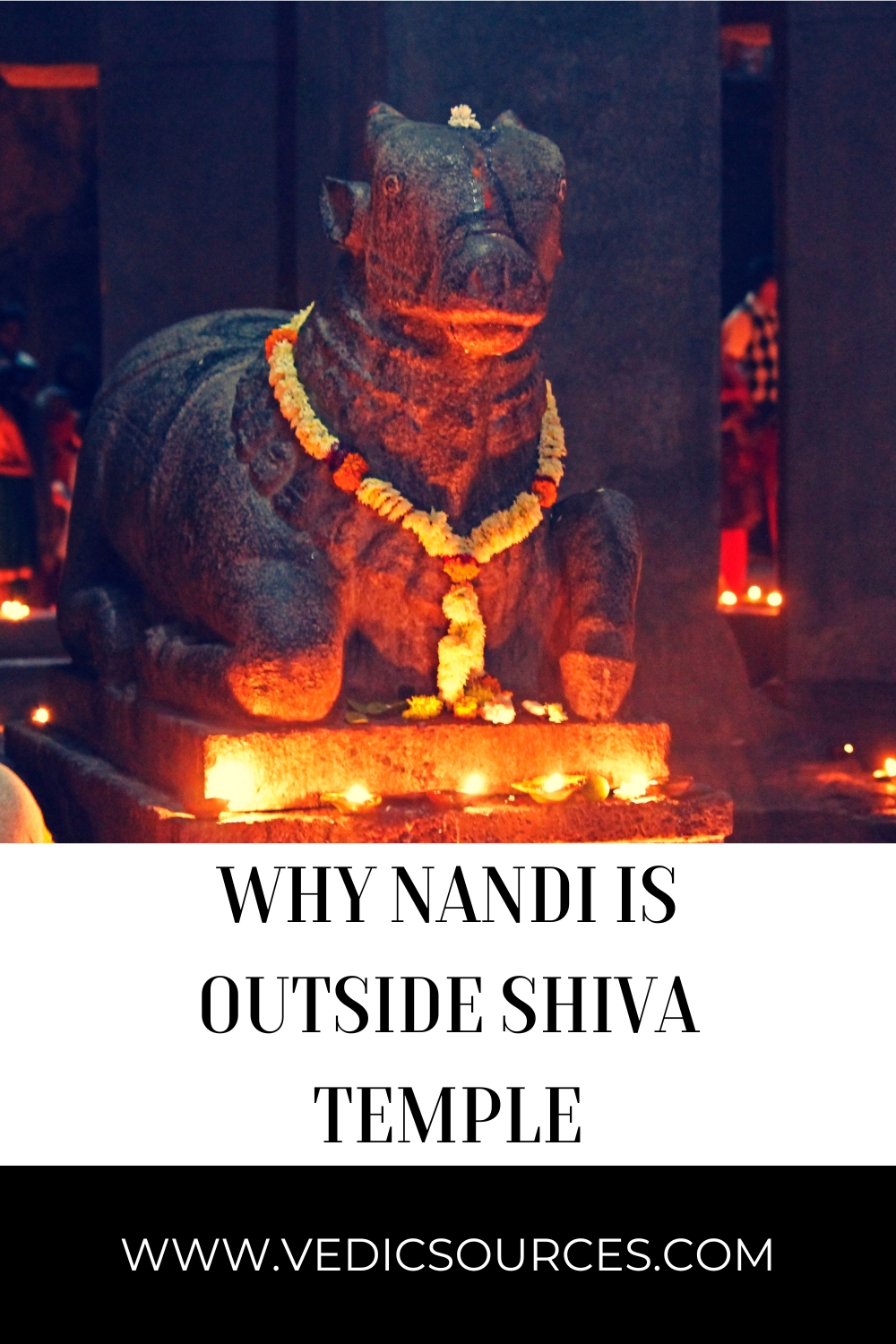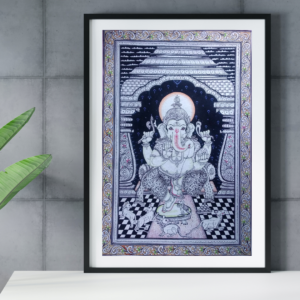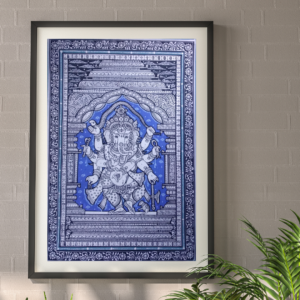Shiva temples across India frequently adorn a unique feature: they place a grand statue or sculpture of a bull called Nandi outside the temple complex. This iconic representation of Nandi, the divine vehicle and ardent devotee of Lord Shiva, holds significant symbolism and spiritual meaning. In this article, we will explore the reasons why Nandi is placed outside Shiva temples and delve into the cultural, mythological, and practical aspects associated with this placement.
The symbolism of Nandi
Nandi, the bull, symbolizes strength, power, and virility. It is believed to be an embodiment of dharma (righteousness) and loyalty. Placing Nandi at the entrance of a Shiva temple signifies his role as the gatekeeper, the guardian, and the protector of Lord Shiva’s abode. Nandi’s presence represents the devotee’s need for inner strength and steadfast devotion to access the divine presence of Lord Shiva.
Nandi as the Divine Vehicle
In Hindu mythology, people consider Nandi as the divine vehicle and mount of Lord Shiva. Nandi’s association with Shiva as his vahana (vehicle) symbolizes the unison of physical strength and spiritual wisdom. Placing Nandi outside the temple signifies the path to reaching Shiva, wherein one must cultivate inner strength and wisdom to transcend the physical realm and approach the divine.
Connection with the Story of Daksha’s Yagna
The placement of Nandi outside Shiva temples also relates to an ancient mythological tale known as the Story of Daksha’s Yagna. According to the myth, Daksha, a powerful king, and father of Sati (Shiva’s consort) organized a grand yagna (sacrificial ritual) but intentionally omitted inviting Shiva. Sati, feeling disrespected, decided to attend the yagna uninvited. However, Daksha humiliated her and insulted Shiva in front of the gathered assembly. Overwhelmed with grief and anger, Sati immolated herself.
Upon learning of Sati’s sacrifice, Shiva became furious and sent his army of ganas (attendants) to destroy the yagna. Nandi, being the gatekeeper and staunch devotee of Shiva, was stationed outside the yagna venue to prevent anyone from entering. This event highlights Nandi’s loyalty and protective nature. Consequently, people place Nandi outside Shiva temples to symbolize his unwavering devotion and defense of Lord Shiva’s sacred space.
Encouraging Inner Transformation
The placement of Nandi outside Shiva temples also serves as a reminder of the spiritual journey one must undertake to attain union with the divine. As devotees enter the temple complex, they pass Nandi. Signifying the need to shed their egos, desires, and attachments before approaching the deity. Nandi’s presence inspires individuals to cultivate qualities such as devotion, humility, and discipline. Which are essential for inner transformation and spiritual growth.
Practical Considerations
Beyond symbolism and mythology, practical considerations also contribute to the placement of Nandi outside Shiva temples. Historically, people constructed these temples with a stone platform outside the main entrance, naming it the Nandi Mandapa or Nandi shrine. Devotees would gather in this area to offer prayers and seek blessings from Nandi before entering the main sanctum dedicated to Lord Shiva. The placement of Nandi outside the temple allows for the smooth flow of devotees, creating a spiritual ambiance and maintaining the sanctity of the inner sanctum.
Conclusion
The presence of Nandi, the bull, outside Shiva temples holds deep significance and symbolism. It represents strength, loyalty, and the devotee’s inner transformation on the spiritual path. Nandi’s role as the guardian and protector of Lord Shiva’s abode emphasizes the need for unwavering devotion and the cultivation of inner virtues. The placement of Nandi also has practical considerations. Facilitating the orderly flow of devotees and maintaining the sanctity of the temple complex. Passing by Nandi serves as a reminder of the divine presence and the virtues we must embody to attain union with the divine.

If you liked this post, check out some of our related posts too!
Enigmatic Hue: Why is Krishna Blue?
Why Shravan Month is Celebrated for Lord Shiva















